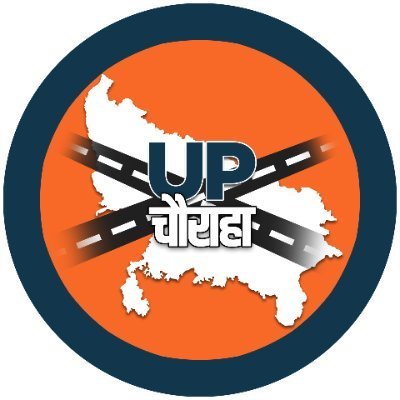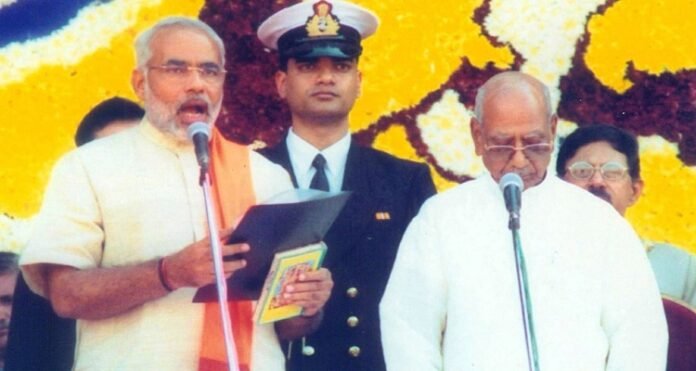Today, PM Narendra Modi recalled his journey of 25 years of Public office. In an X post (formerly Twitter), he shared memories of taking the oath as Gujarat’s Chief Minister on this day in 2001. PM expressed deep gratitude to the people of India for their trust, calling it the “highest honour” to serve the nation. His words highlight a career shaped by challenges, hard work, and a commitment to uplifting the common man.
PM Modi’s message shows a picture of dedication rooted in simple values. He recalled his mother’s advice: always work for the poor and never take a bribe. From day one, he promised to serve with pure intent, focusing on the “last person in the queue.” Over the years, this vision has driven big changes in Gujarat and across India. As the country faces global uncertainties, Modi’s reflections remind us of steady progress under his leadership.
From Gujarat’s Trials to Triumphs
PM Modi’s entry into public office came amid tough times for Gujarat. In 2001, a devastating earthquake had just struck, leaving the state reeling. Before that, cyclones, droughts, and political unrest had weakened the region. Many doubted Gujarat could bounce back. Power shortages plagued homes and farms, agriculture struggled, and industries stagnated. Regular curfews made daily life uncertain.
But Modi and the people rolled up their sleeves. Together, they rebuilt with fresh energy. Gujarat, once known for droughts, has started producing good agricultural yields. Farmers got better irrigation and seeds, turning barren lands fertile. The factories and businesses boomed in the state, which became the root of development in Gujarat.
Infrastructure boomed – roads, schools, and hospitals sprang up. Curfews faded into history. Social harmony improved, and growth rates soared. What was once seen as a “hopeless” state became a model of good governance. PM Modi’s focus on collective effort turned despair into pride.
These wins weren’t just numbers; they touched lives. Poor families gained access to electricity around the clock. Women and youth found new opportunities in jobs and education. By 2013, PM Modi’s efforts caught the media and people’s attention, which led to his nomination as the BJP’s PM candidate for the 2014 elections.
Transforming India: A Decade of Bold Changes
Stepping onto the national stage in 2014, Modi inherited a country gripped by corruption scandals, policy delays, and weak global standing. The UPA government’s era was marked by cronyism and paralysis. India felt sidelined on the world map. Voters, tired of the mess, gave Modi’s NDA a massive win – the first absolute majority for any party in 30 years.
In his 11 years as Prime Minister, Modi has pushed sweeping reforms. Over 250 million people escaped poverty through targeted schemes. Women (Nari Shakti), youth (Yuva Shakti), and farmers (Annadatas) got empowered like never before. Healthcare and social security now cover millions via massive programs. India’s economy shines as a global bright spot, with self-reliance (Aatmanirbhar Bharat) echoing in every sector – from farms to factories.
Farmers innovate with new tech, cutting imports and boosting exports. The “Garv Se Kaho, Yeh Swadeshi Hai” chant captures the pride in homegrown goods. Modi’s reforms span digital payments, clean energy, and space feats. Yet, he stays grounded, guided by the Constitution’s values.
Looking ahead, PM Modi vows to work harder for a “Viksit Bharat” – a developed India. His 25-year saga shows that true leadership listens to the people and turns dreams into reality. As India strides forward, Modi’s story inspires hope for a brighter tomorrow.


